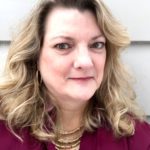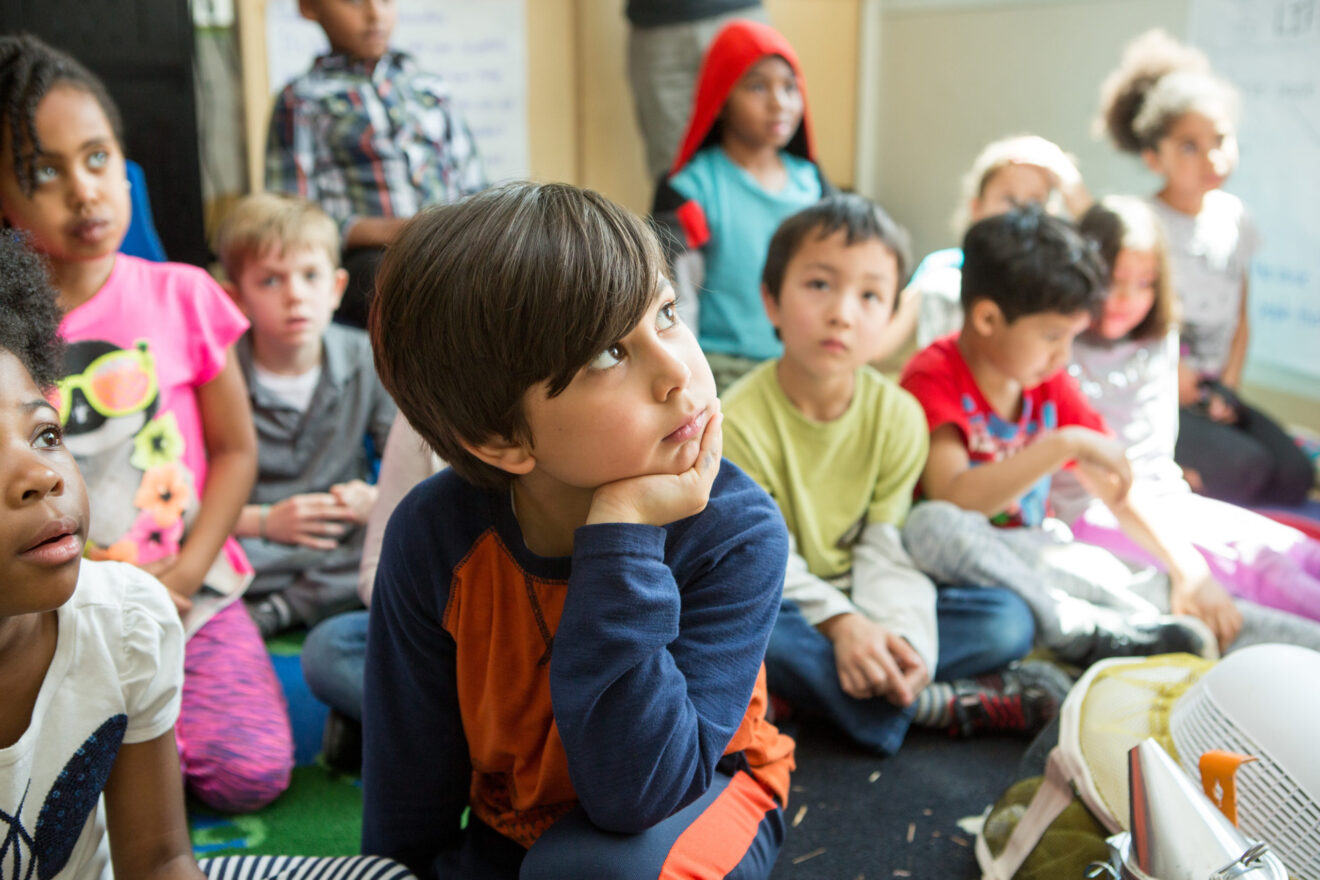Schools are a melting pot of teen, adolescent and child angst, and the way it plays out can have an impact on academics and on every person in a school. Does this fact, and having a captive audience, make schools the smart place to teach students about building a healthy, safe community?

Social-emotional issues can stop a busy mind in its tracks, impeding learning. As life gets more complicated — from social media to depression to guns to pandemics — it’s often necessary to address the student before addressing the academics.
Mental wellness, identity issues, bullying, suicide and homicide have crept into at least one corner of most schools. Forty percent of teens report persistent feelings of sadness and hopelessness. More than three-quarters of public schools have seen an increase in staff concerns about student signs of anxiety, depression and trauma, and nearly 70% of public schools have increased their number or types of mental health services since COVID-19 began. Even those on the outside see the problems in schools: Some states are suggesting or mandating mental health and trauma training in schools for students and/or staff.
Building up students is key to safe communities
It’s easy to assume that post-event moments — after the bullying, after the suicide, after the mass shooting — are the ones that need our attention most. But as a public health official, Rob Buelow believes prevention should be getting the most attention and resources. “How do we stop these problems from happening to begin with? It’s such a better investment than how we resolve a crisis moment and react to tragedy after it’s occurred,” says Buelow, a leader at educational training company Vector Solutions, which works with more than 5,000 school districts.
Such education and training is twofold, he says. First, schools can help students deal with the challenges that come with being a young person today: mental health, anti-bullying and anti-cyberbullying, healthy relationships, digital citizenship, and diversity, equity and inclusion — all important features of a safe community.
“There are really critical skills that they need to be gaining to operate in their world effectively and be healthy and create a place where other people can be as well,” Buelow says.
“Second, educators and administrators have to create space to talk about difficult topics and truly listen to their students, because students are ahead of us in technology in every way. They know what’s going on in the school. They’ve got their finger on the pulse of things, and they’re going to be the first ones to spot red flags,” he says. “Treat them and engage them as part of the solution versus part of the problem.”
Why we can’t ignore hard conversations
Having those tough conversations are important, even if parents push back. Students often raise tricky issues in class because schools are a place they’re expected to ask questions. And it may be where they are most comfortable discussing something.
Buelow says it’s important to have such discussions — whether we think they can comprehend them, whether we think they shouldn’t be thinking or caring about them, whether we think the topics may prompt behavior we’d rather it wouldn’t, and whether we feel like engaging on a topic or not.
“The fact of the matter is they want to have those conversations. They’re seeing it in their world and in the media. It’s impossible not to. We’re doing a disservice to not have a conversation with a young person who is clearly processing really terrible, tragic incidents,” Buelow says. “Giving space for students to process all the emotions that come with these experiences, directly or indirectly, is really important.”
Ignoring or declining to discuss a topic suggests that the issue doesn’t exist, and that they therefore shouldn’t be prepared for it or emotionally equipped to respond. That’s not the sign of a safe community. “That’s not giving our young people the thing that the education system is built to do, which is prepare them to be successful in their lives and in their communities,” he says.
Classroom reach extends to community
Teachers can segue into talking about the responsibilities they have to create the kind of community that they want to live and learn in, and making sure that they feel empowered to speak up when something doesn’t feel right,” Buelow says, whether it’s potentially life-threatening behavior or inappropriate teasing.
They can point out that most of a student’s peers will back them up if they tell someone else to stop treating another student badly. “Nine out of 10 of their peers are thinking the exact same thing,” he says.
Ultimately, students want their school to be a safe community — a place of security, inclusion and connection. Classrooms and schools should have conducive environments for interacting with others, should outline expectations and should enforce policies and resolve conflicts effectively, Buelow says.
Adults can model behavior and their understanding of social cues for students, many of whom haven’t learned or have forgotten how to interact well with others during the pandemic.
“These are valuable human skills that can help students learn to have dialogue across differences and can prepare them to be successful as professionals and global citizens in their communities,” Buelow says, noting that a happy byproduct is that students often model that behavior with their peers, their families and out in the community.
“I do think that school is the great equalizer in the community and can not just change the trajectory of the individual people who sit at a desk in a classroom but also touch their parents,” he says. “What gets me out every day is the fact that every single person that we’re touching with education is then going to touch all of the people around them. And so when you’re talking about a scalelike that, it truly is world-changing.”
Diane Benson Harrington is an education writer at SmartBrief. Reach out to her via email, Twitter or LinkedIn.
Opinions expressed by SmartBrief contributors are their own.
_________________________
Subscribe to SmartBrief’s FREE email ASCD newsletter to see the latest hot topics in education. It’s among SmartBrief’s more than 250 industry-focused newsletters.
